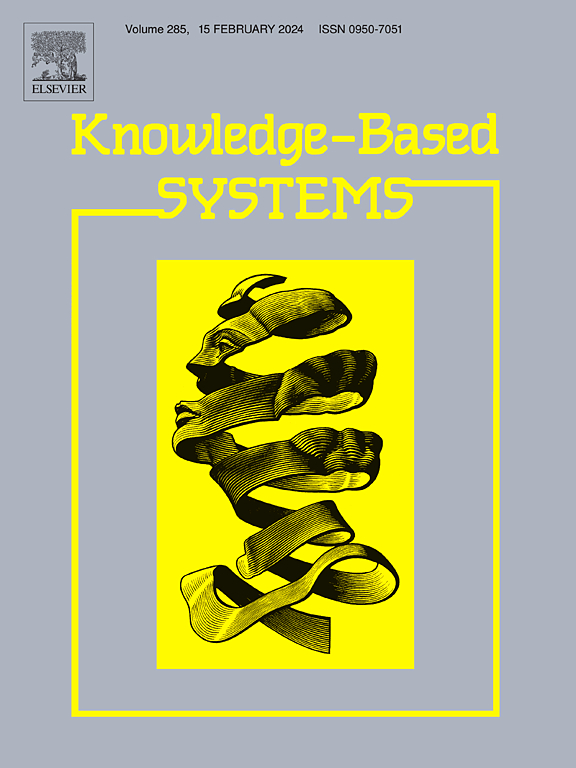Object tracking using optimized Dual interactive Wasserstein generative adversarial network from surveillance video
IF 7.2
1区 计算机科学
Q1 COMPUTER SCIENCE, ARTIFICIAL INTELLIGENCE
引用次数: 0
Abstract
Object tracking in videos is crucial for applications such as video analytics, video surveillance, and intelligent transportation systems. Despite important advancements, challenges like occlusions, background noise, variable object counts, and object appearance similarity still hinder effective tracking. To overcome these complications, Object Tracking using Optimized Dual Interactive Wasserstein Generative Adversarial Network from Surveillance Video (OTSV-DWGAN-GPCOA) is proposed. The input data is collected from the Moving Objects Video Clips Dataset. During the Pre-Processing Phase, noise removal and background subtraction are performed using Anisotropic Diffusion Kuwahara Filtering (ADKF), transforming the surveillance video clips into unique frames for analysis. In the Moving Object Detection Phase, Residual Exemplars Local Binary Pattern (RELBP) is utilized to extract morphological features such as size, texture, color, intensity, shape, and contrast. Additionally, Adaptive Density-Based Spatial Clustering (ADSC) is employed to detect moving objects. In the Moving Object Tracking Phase, the Giza Pyramids Construction Optimization Algorithm (GPCOA) optimizes the parameters of the DWGAN to improve tracking accuracy. Once objects are successfully tracked, the output represents the tracking steps. In the final phase, Moving Object Prediction utilizes the Minkowski Distance Metric to predict the position of tracked objects in each frame. The OTSV-DWGAN-GPCOA method is implemented in Python and assessed using performance metrics. The method achieves 20.11 %, 24.16 % and 22.23 % higher accuracy, 22.45 %, 19.34 % and 24.22 % higher Tracking rate analyzed with existing techniques such asMOD-YOLOv2-SV,ODL-CNN-MRCED, and AR-SSN-VSSC respectively.
求助全文
约1分钟内获得全文
求助全文
来源期刊

Knowledge-Based Systems
工程技术-计算机:人工智能
CiteScore
14.80
自引率
12.50%
发文量
1245
审稿时长
7.8 months
期刊介绍:
Knowledge-Based Systems, an international and interdisciplinary journal in artificial intelligence, publishes original, innovative, and creative research results in the field. It focuses on knowledge-based and other artificial intelligence techniques-based systems. The journal aims to support human prediction and decision-making through data science and computation techniques, provide a balanced coverage of theory and practical study, and encourage the development and implementation of knowledge-based intelligence models, methods, systems, and software tools. Applications in business, government, education, engineering, and healthcare are emphasized.
 求助内容:
求助内容: 应助结果提醒方式:
应助结果提醒方式:


